Podkarpackie Museum in Krosno
38-400 Krosno
tel.: 13 432 13 76
fax.: 13 432 43 01
e-mail: muzeum@muzeum.krosno.pl
Description
It is famous for the largest collection of oil lamps in Europe. Its headquarters are located in the historic old town, in the former Bishop's Palace. The idea of creating a museum here dates back to the beginnings of the century, however, the plans of many outstanding residents of Krosno and the city authorities crossed the wartime experience of the twentieth century.
Only after the Second World War the original intentions were returned. In 1950, the initiative to create the Museum was taken up by the Krosno branch of the Polish Tourist and Sightseeing Society. Three years later, the city authorities made available rooms for the Museum in the Bishop's Palace. The official date of the establishment of the Krosno Museum is July 22, 1954. From 2000, the name was changed to the Podkarpackie Museum in Krosno.
The Museum's branch is the Archaeological Open-air Museum in Karpacka Troja in Trzcinica, which was opened on June 24-26, 2011. On 31 May 2014, the Widok Platformowa was opened, which stood above the Wały Królewskie settlement in Trzcinica. We hope that, like other attractions of the Open-air Museum, it will become an important place on the map of Podkarpacie.
Bishop's Palace
Although the history of the Museum is not very distant, the origins of the building date back to the mid-fourteenth century, which is the beginning of the Royal City of Krosno. The wooden mansion in Krosno was purchased in 1379 by Erik of Winsen, the first bishop of Przemyśl. He acquired the characteristics of the palace after the extension and reconstruction in the first half of the 16th century, when the famous canon of Krakow, Bishop Stanisław Tarło, was the host here. Until 1626, he was a property and a temporary seat of Kanoników Przemyskich. Sold later Zofia z Ligęzów Skotnickiej, Castellan Połaniecka, was destroyed by a fire, which in 1638 destroyed part of the city. A good widow rebuilt it and sold it to the College of Rorantists, holding this property until the 2nd half. XVIII w. Purchased by the city in 1873, for several dozen years served various purposes and had strange inhabitants. There were barracks and CK offices, workshops and private flats, savings banks, clubs and schools.
In 1991-1995, a major renovation of the historic building was carried out and a new wing of the Museum was added over the outdoor fragment of the medieval wall of Krosno.
Currently, the building has four wings. It is one of the most magnificent buildings in the city, a pearl of residential architecture in Podkarpacie.
Museum
They are not the only hidden treasures in the Bishop's Palace. The expositions presented here surprise diversity. The museum boasts and collections of archeology and finally in collector's production. There are also known people forming relationships with Krosno. The museum conducts intensive science, research and publishing.
The Museum's structure includes substantive departments that carry out scientific, research and educational works: Archeological, Historical, Artistic, Lighting History, History of Glass and Glass Industry, Education and Promotion, and sections: Administrative and Finance and Accounting. The Museum has a library with a rich book collection, as well as two conservation workshops.
Let's see what treasures and secrets hide the walls of the Bishop's palace in Krosno ...
Location
Piłsudskiego 16, 38-400 Krosno



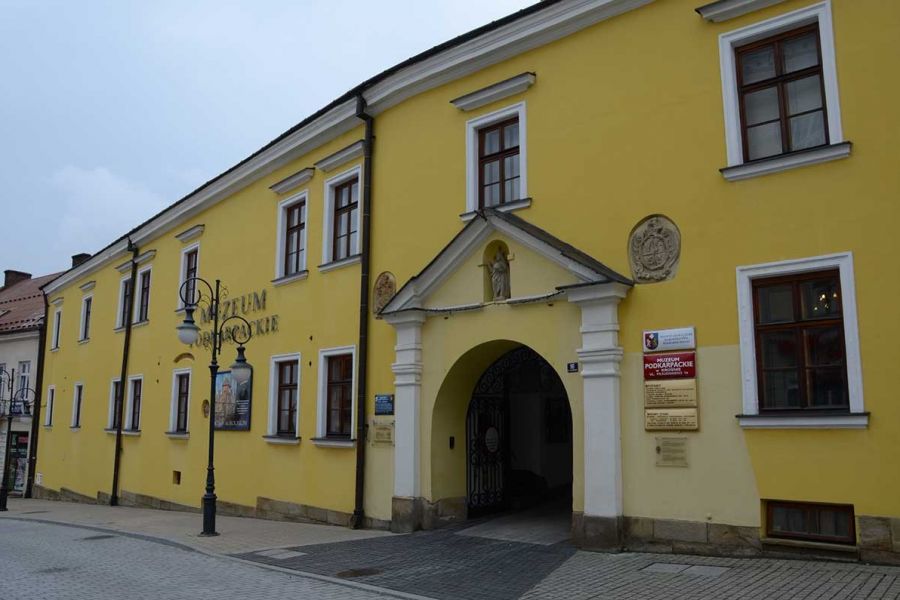
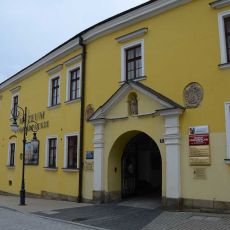
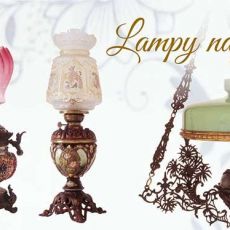
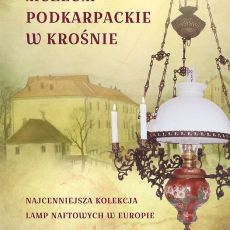
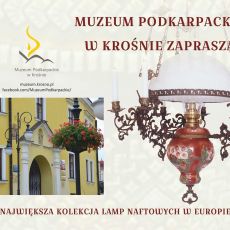











Comments
comments powered by Disqus